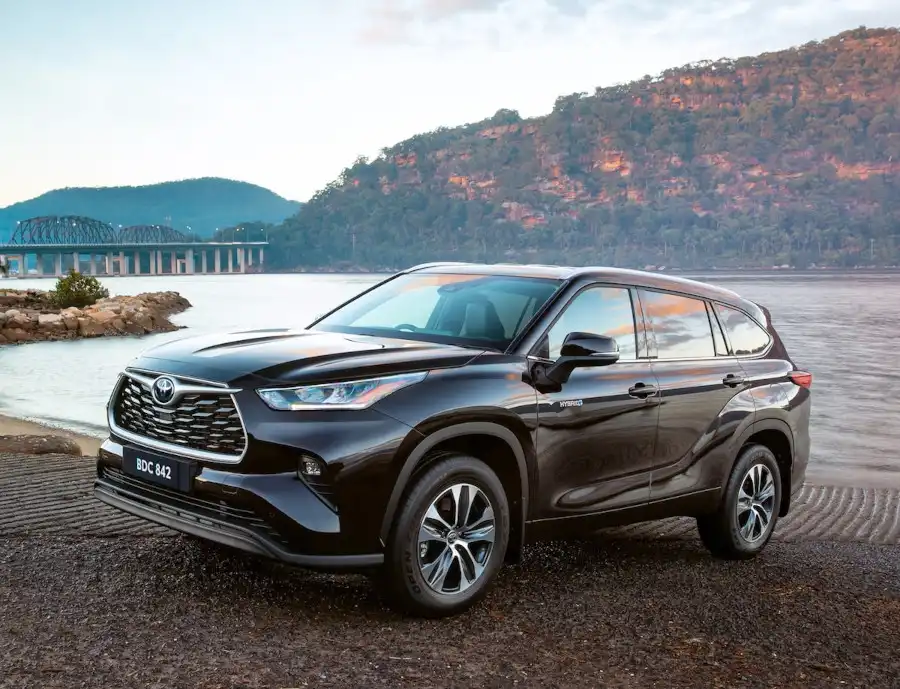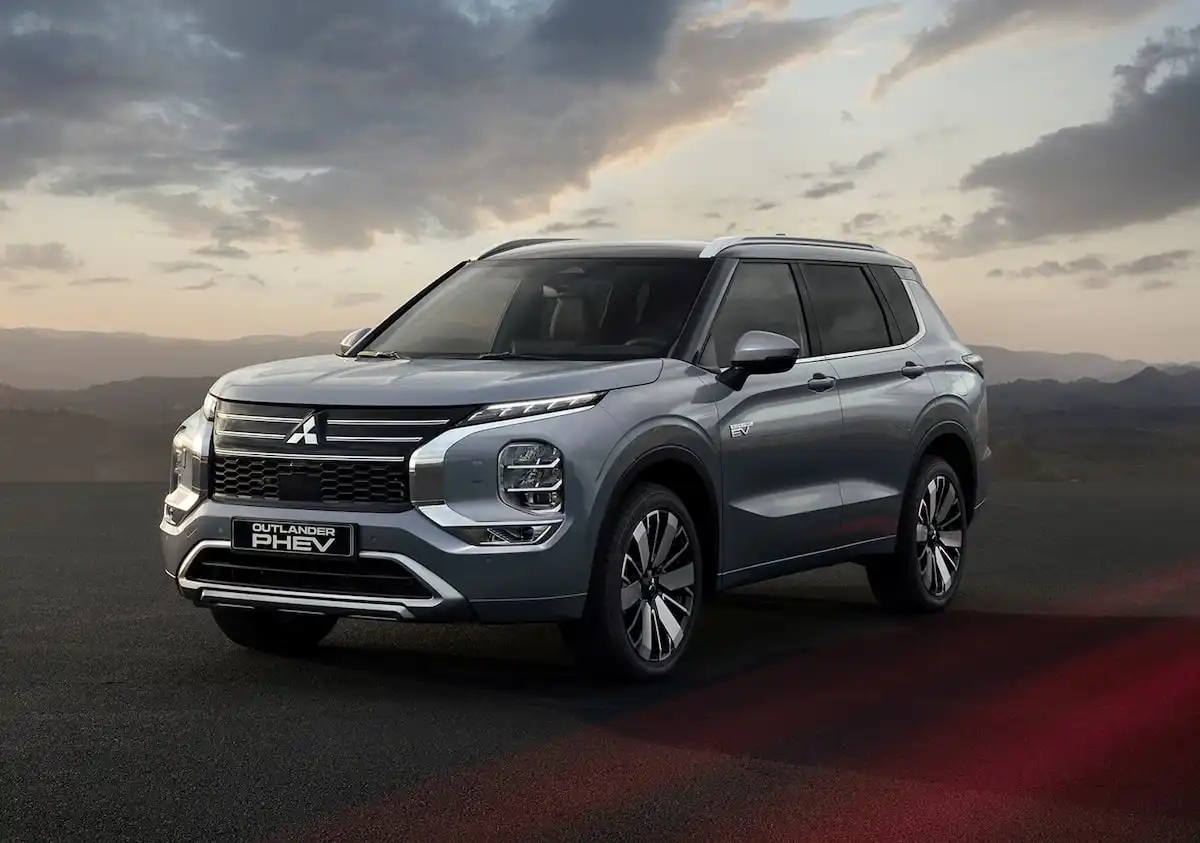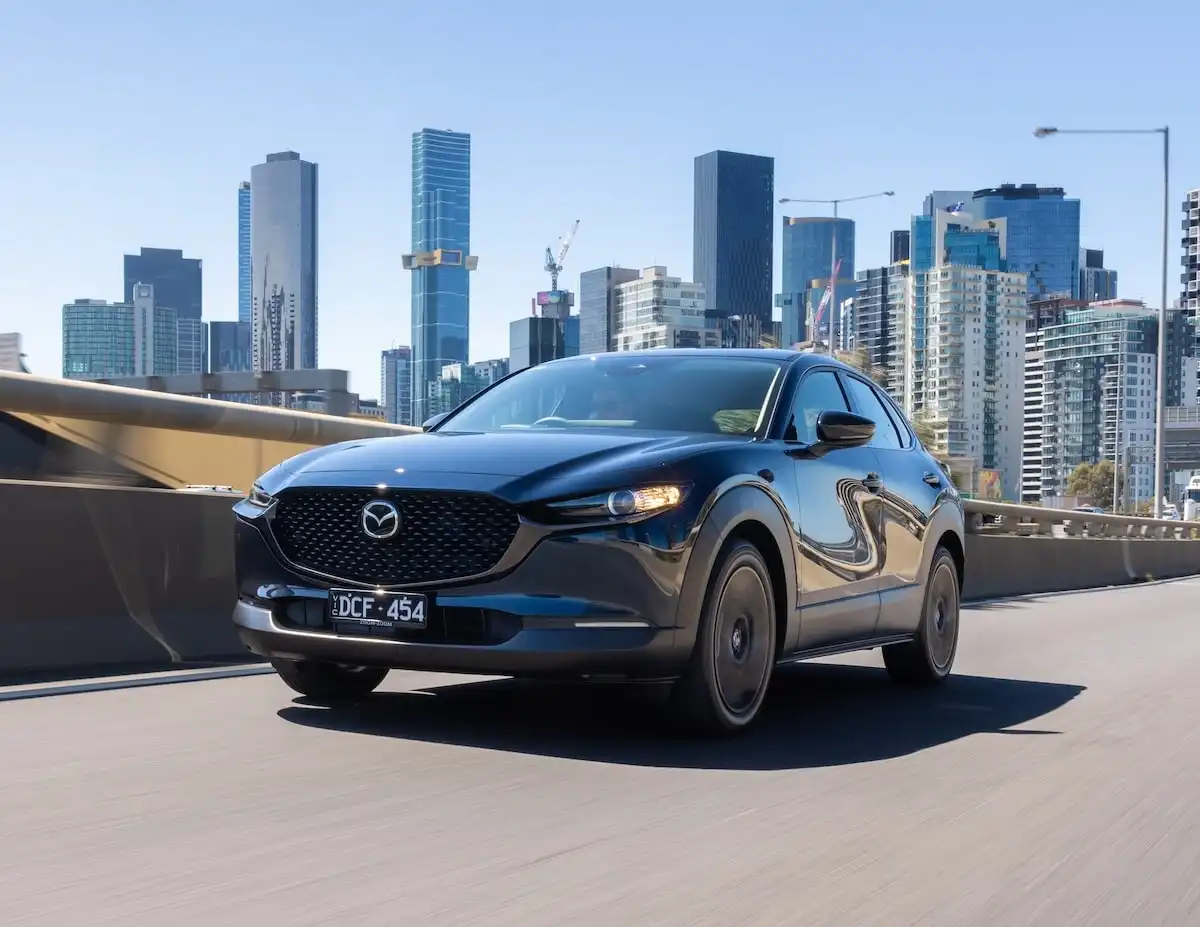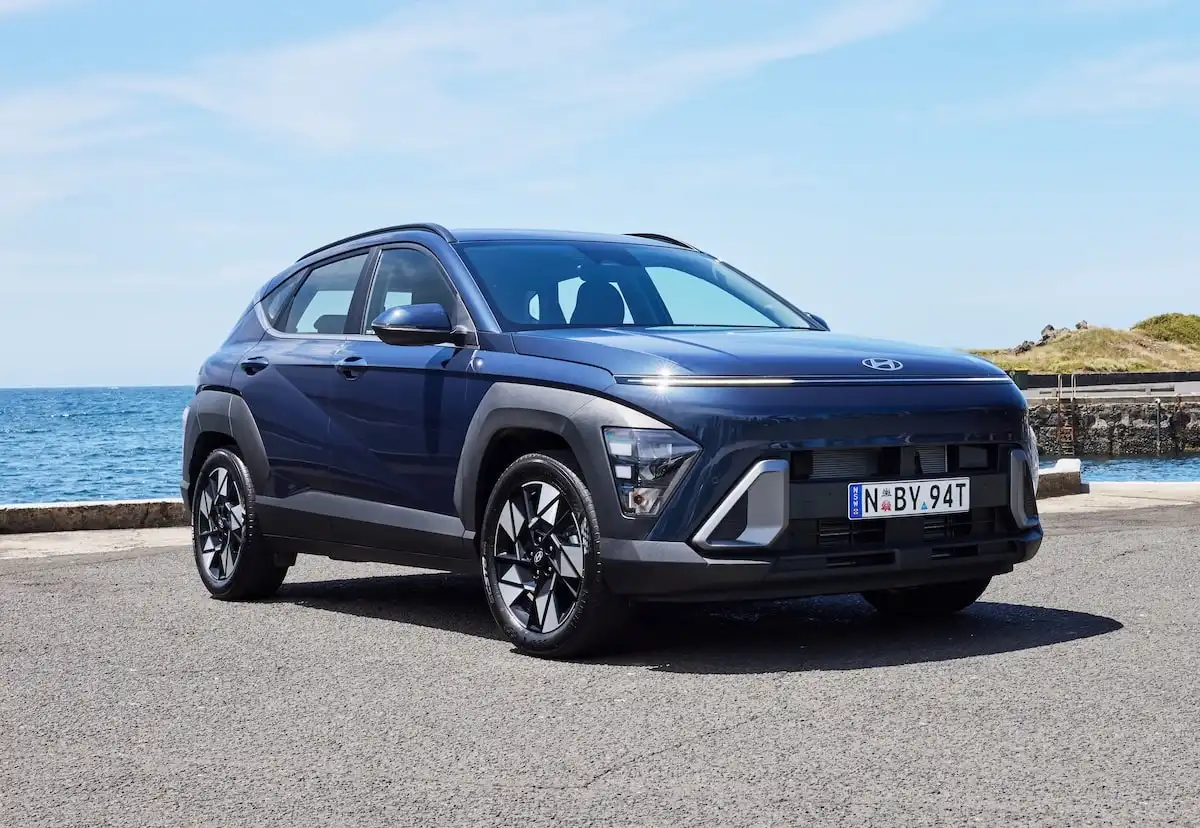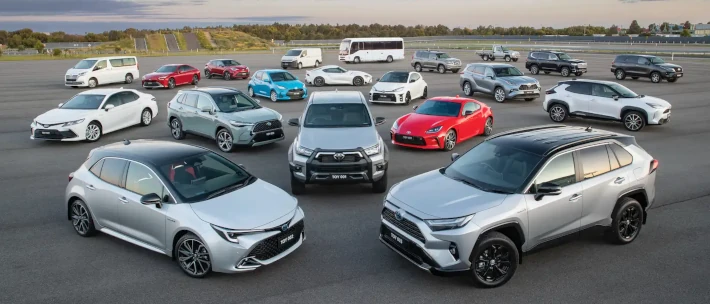We know it can be difficult to hold off and be patient, but as you’ll discover, there’s a huge range of benefits to purchasing a new or used car at the turn of the financial year.
If you’re throwing down your hard-earned money, you want to make sure you can capitalise on every possible opportunity to get the best deal, which is what we’ll be unpacking today as we look at buying a car at the end of the financial year (EOFY).
Why is Buying a New Car Cheaper at the End of the Financial Year (EOFY)?
While it’s not always the case, depending on the manufacturers you’re tossing up for your next car purchase, buying a vehicle at the end of the financial year can sometimes save you thousands of dollars.
Why is this the case? Manufacturers try to maximise the number of vehicles they’ve sold in that financial year, and often incentivises dealerships to clear out as much stock as possible for a combination of tax reasons, and to make way for newer models arriving onto their lots.
New models are often introduced to the Australian market in the middle of the year, which coincides with the change of financial years, which can incentivise dealerships to offer significant savings on their vehicles at the end of the financial year.
This correlation is clear to be seen in the sales figures, considering that June is by far the biggest month of vehicle sales here in Australia which is driven largely by end of financial year runout sales and promotions.
How Much Can You Save Buying a Car at the End of the Financial Year?
End of financial year (EOFY) promotions change depending on the manufacturer and even the individual model of vehicle you’re looking at, with some brands offering significant savings, while others don’t offer any EOFY sales at all.
During these sales, you might find discounts equivalent to 5% of the list price, with some discounts totaling 20% for certain previous-year makes and models that a dealer is looking to get out the door.
The perfect storm of the changing tax years, a dealer’s necessity to move existing stock and the business sector using tax advantages to secure new vehicle fleets makes buying a new car at the end of the financial year a great option for financially-savvy buyers.
Tips to Buy a Car at the End of the Financial Year (EOFY)
- Use the OnlineAuto car-buying service who has fleet-buying power to leverage
- Keep an eye out for any dealership EOFY sales or promotions
- Compare the range, determine which variant is right for you
- Consider a previous year model; savings are largest for older stock
- Be flexible; consider other manufacturers and model variants
When Do End of Financial Year (EOFY) Vehicle Sales Start?
Some manufacturers begin promoting their EOFY sales and plate clearances well ahead of the actual end of the Australian financial year.
This means you might see promotions for EOFY sales as we enter the month of April, which continue to heat up as we move closer to June, with manufacturers well aware of the fact many business owners are looking to take advantage of the tax incentives of purchasing a work vehicle immediately after their purchase.
Should I Wait Until the End of the Financial Year to Purchase My Next Car?
Having the patience to hold off on your vehicle purchase and wait for EOFY sales and promotions to kick in can potentially save you thousands of dollars.
If you can wait around until these deals commence in April and take action by July when they wrap up, there are a number of benefits that are worth the wait, like lower list prices, additional accessories bundled in with your purchase and extended warranties.
Waiting for the EOFY plate clearances can, depending on your vehicle, save you between 5-20%, but you’ll have to keep in mind that major discounts like these are difficult to find on some of the most popular vehicles on the market, which manufacturers feel less inclined to push out the door at a discount.
What Are Some Other Times of the Year to Purchase a New Car?
It’s widely believed that purchasing a new car in December is one of the best months of the year to capitalise on potential savings.
This is because December marks the half-way point of the financial year, and it’s likely that dealerships will be under a degree of pressure to meet targets set by the manufacturer they’re working with.
If dealerships are falling short of their half-year expectations, it’s likely that they will be more inclined to negotiate on price, or at the very least, bundle in some added features or accessories to sweeten the deal for the buying public.
Vehicle sales are also quite slow in at the start of the year, meaning that shopping around in the month of January can prove fruitful for those hunting down a bargain.
Request a Quote
If you’re looking for the best possible price on your dream car, get in contact with one of our car-buying specialists who can help take all the stress out of the process and secure your vehicle at the best possible price.
Need help narrowing down your choices?
Get in touch with one of our Car Buying Specialists today
Request a quote
